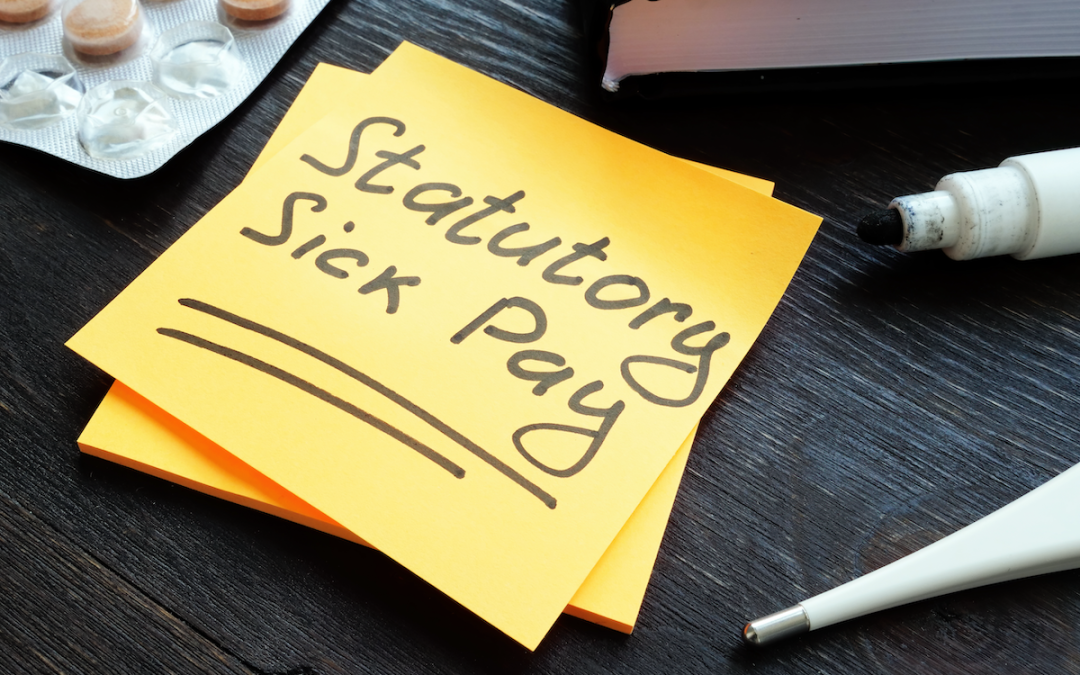Statutory Sick Pay is the payment made to employees when they are absent from work due to sickness. Currently, SSP is not paid during the first three days of any absence. These are known as ‘waiting days’. If an absence continues after the ‘waiting days’, then SSP is generally paid to employees at a flat rate (currently £116.75 per week) for up to 28 weeks of absence. There is an exception where an employee earns less than the ‘lower earnings limit’ (currently £123 per week). Employees earning less than the lower earnings limit do not receive any SSP payments at all during sickness absence.
All this is due to change. Under clause 9 of the Employment Rights Bill, the government proposes to pay SSP from the first day of any absence and to remove the lower earnings limit requirement. There is obviously a risk of abuse if employees who earn less than the current flat rate for SSP when they are actually at work are entitled to a higher amount (the SSP flat rate) when they are off sick. To get around this, for those with weekly earnings lower than the flat rate for SSP (currently £116.75 per week), the Bill proposes to set SSP payments as a ‘prescribed percentage of the employee’s normal weekly earnings’.
The government has launched a consultation seeking views on what that percentage replacement rate should be. The consultation paper outlines some illustrative examples that set out the broad costs for employers and potential impacts on low earners of different percentage rates. The examples range from 60% of earnings, which is the lowest rate that the government’s internal modelling suggests would not leave employees worse off, to 80% of earnings, as proposed in the 2019 Health is Everyone’s Business consultation.
The consultation remains open until 4 December. Any change is unlikely to come into effect until Spring 2025 at the earliest.

Contact Jon Dunkley today for an informal chat, without obligation.
Contact Jon Dunkley
- [email protected]
- 01271 342268



